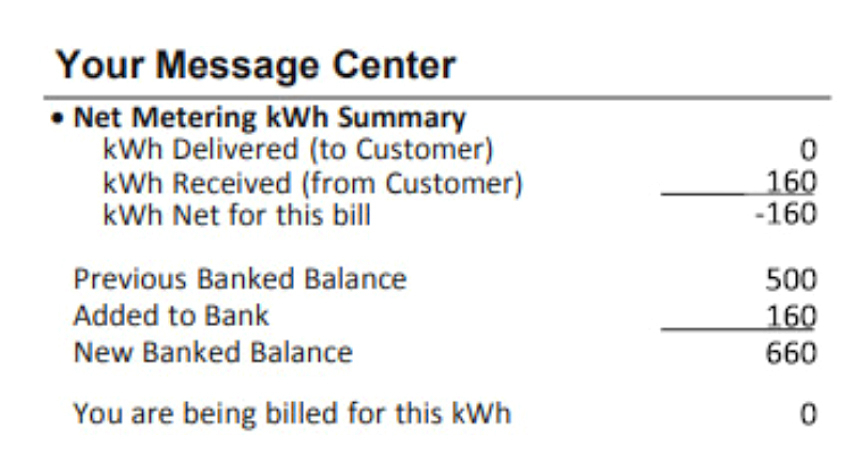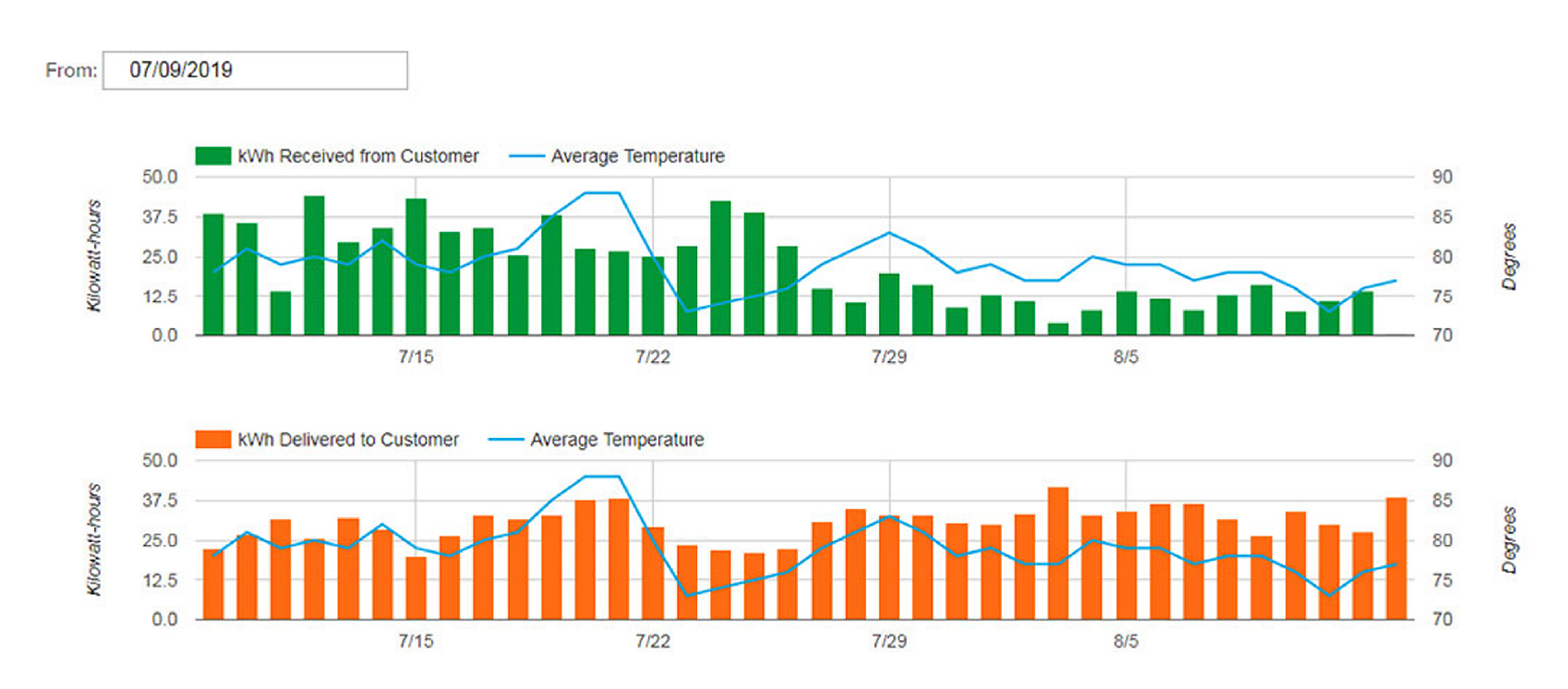No sunshine, no power. The laws of solar energy don’t get any more basic than that. But that doesn’t change the fact that our homes have an around-the-clock need for electricity.
In fact, unless you’re very atypical, you’ll be drawing the most power in the evening, after people return home from work, school, and other activities.
For a long time that meant that solar systems had to include an expensive and environmentally hazardous battery. Without it, there’d be no way to store excess power generated during the day for later use.
All that changed when states like Pennsylvania started passing net metering laws, which:
Give homeowners the option to send any excess energy their solar system produces when the sun is shining back into the grid.
Require investor-owned utility companies to provide compensation for any electricity sent back into the grid (importantly) at the very same rate they charge.
With net metering, local utility companies are required to, in effect, store your excess solar energy for you. Thus, batteries were eliminated from the solar equation.
But net metering also means your solar system has to be part of the larger electric grid—a fact that will be reflected in a new and more complex monthly bill. But it won’t just have additional information. Once you’ve gone solar, your monthly bill will also be missing some information it used to contain.
A Measure of Privacy
The first thing to be aware of is that, while you’ll have access to software that tells you exactly how much power your household is using, your utility company will no longer have any way of knowing your energy consumption.
Once you’ve gone solar, your utility company will only know two things:
The amount of energy you’ve drawn from the grid.
The amount of energy you’ve returned to the grid.
What they won’t know is how much energy your solar system produced that you DIDN’T send back and sell to them. So, despite being connected to the grid, going solar still gives you a measure of privacy since your electric company no longer has any way of knowing how much electricity your household consumes.
What Your Bill Tells You
Here’s an example of a bill for a home with a grid-connected solar system from PPL Electric, one of the largest utility companies in western Pennsylvania.

As you can see, it gives three pieces of information:
The net amount of electricity sent from the grid to power their home for the monthly billing period—in this case, none was.
The net amount of electricity that their solar sent back into the grid for the month—in this case, 160 kWh was sent back.
The total amount of electricity the homeowner has credited to their account. In this case, they entered the month with 500 kWh credit from previous months. So, the additional 160 kWh in credits they’ve earned this month means their total credit is now 660 kWh.
Notice that the energy sent back into the grid and the energy the homeowner drew from it are both expressed as net amounts for the month. That means that one or the other will always be zero.
Had it turned out that, their solar system didn’t quite meet their energy needs that month and, instead of sending 160 kWh back into the grid, they’d drawn energy from it, then their 500-kWh credit from previous months would have decreased. For example, if they needed 100 net kWh of energy from the grid that month, they’re 500-kWh credit would have been reduced to 400 kWh.
If PPL is your utility, you’ll find this information on your bill in a section titled, “Your Message Center.”
Different utility companies will feature these three pieces of information differently. But, regardless of which company your using, you’ll find the following three pieces of information somewhere on your bill:
The net amount of electricity you’ve sent to the grid for the monthly billing period.
The net amount you’ve consumed from the grid for the monthly billing period.
Your current balance of credit on your bill.
In addition to this information, PPL and many competitors also provide online access to how much electricity you’re sending back into or consuming from the grid on a daily basis. Here’s how PPL presents the information, along with daily average temperatures.
Daily Usage

Many utilities even provide online access to more fine-grained hourly data on how much energy you’re sending to or taking from the grid.
Usage by Hour on One Day
In short, though going solar means your monthly electric bill will get a little more complicated, all the new data you’ll be getting is fairly straightforward.
If it turns out that your solar system doesn’t quite meet your energy needs, you’ll also get valuable information that may help you adjust your habits to eliminate any electricity consumption above what your panels are producing.
